Autotrophs
Autotrophs are organisms that are able to produce their own food using inorganic substances and energy sources. They are the foundation of the food chain and are essential for the survival of all other living organisms. There are two main types of autotrophs: photoautotrophs and chemoautotrophs.
Photoautotrophs
Photoautotrophs are organisms that use sunlight as their primary source of energy to convert carbon dioxide and water into organic compounds through the process of photosynthesis. This group includes plants, algae, and some bacteria. During photosynthesis, these organisms use the pigment chlorophyll to capture sunlight and convert it into chemical energy, which is then used to produce glucose and oxygen.
Chemoautotrophs
Chemoautotrophs are organisms that obtain energy from chemical reactions rather than sunlight. They are typically found in environments such as deep-sea hydrothermal vents and some types of soil. Chemoautotrophs use inorganic substances such as sulfur or ammonia as a source of energy to produce organic compounds.
Study Guide
- What is an autotroph?
- What are the two main types of autotrophs?
- What is the process by which photoautotrophs produce their own food?
- Give an example of a photoautotroph.
- Where are chemoautotrophs typically found?
- What do chemoautotrophs use as a source of energy?
Understanding the role and function of autotrophs is crucial for understanding ecosystems, food chains, and the balance of nature. By learning about autotrophs, we can better appreciate the interconnectedness of all living organisms and the importance of sustaining these vital producers in our environment.
.◂Science Worksheets and Study Guides Fifth Grade. The 6-Kingdoms of life
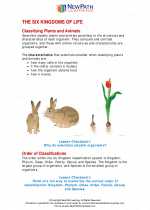
 Activity Lesson
Activity Lesson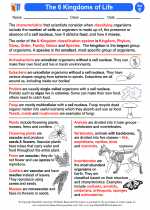
 Worksheet/Answer key
Worksheet/Answer key
 Worksheet/Answer key
Worksheet/Answer key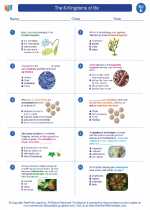
 Worksheet/Answer key
Worksheet/Answer key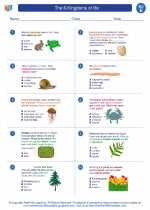
 Worksheet/Answer key
Worksheet/Answer key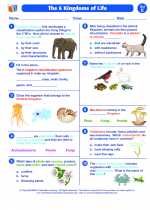
 Vocabulary/Answer key
Vocabulary/Answer key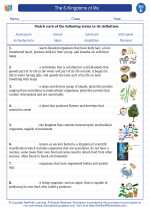
 Vocabulary/Answer key
Vocabulary/Answer key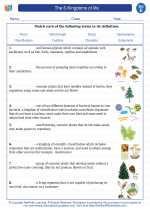
 Vocabulary/Answer key
Vocabulary/Answer key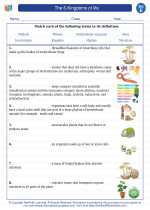
 Vocabulary/Answer key
Vocabulary/Answer key
